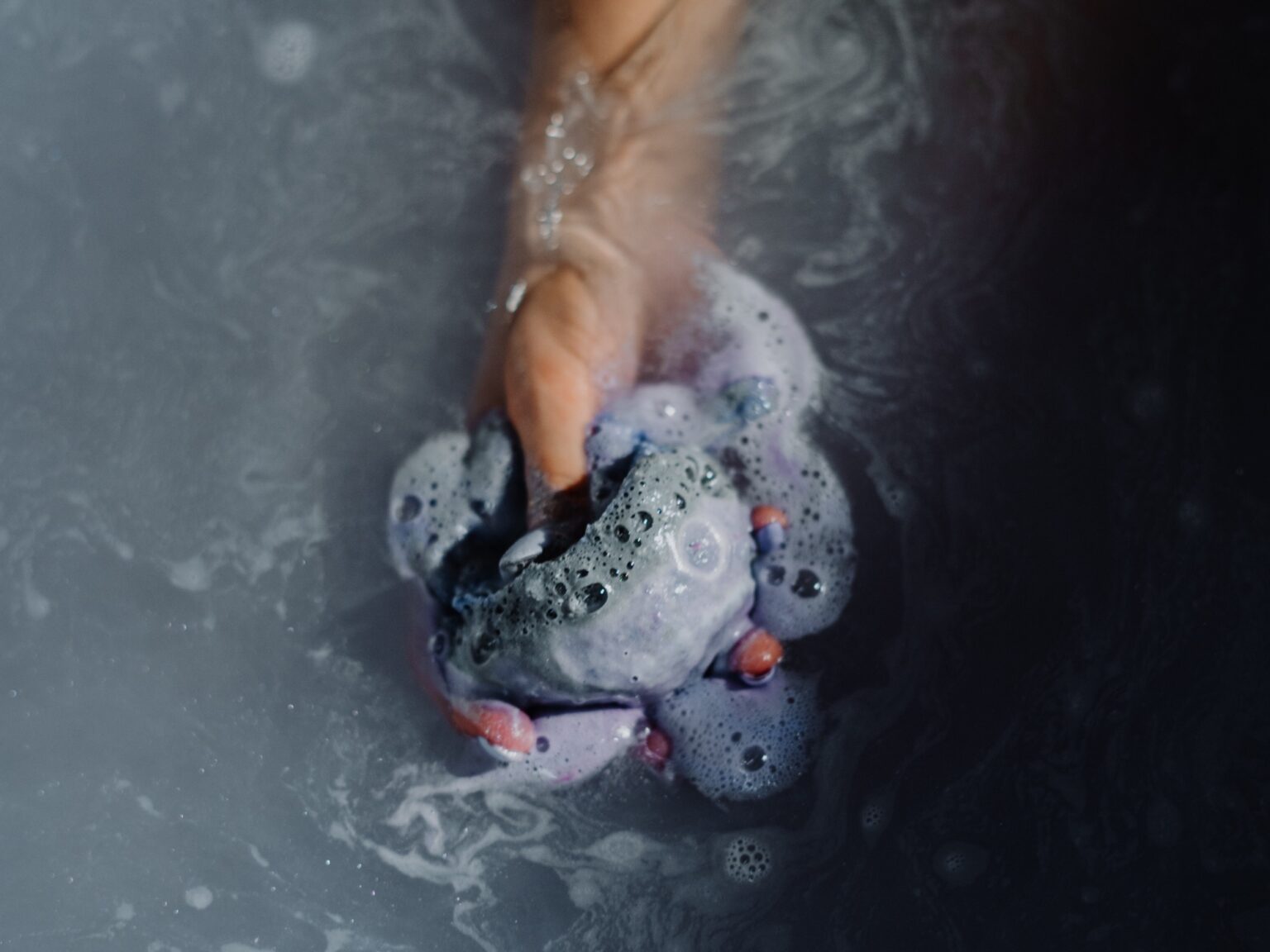State of the Dishcloth
Cleaning up can be a dirty business

Cleaning the dishes can be a very dirty business – and we’re not talking about the mess.
The most common cleaning tool is likely the dishcloth – seemingly innocuous, capable, inexpensive enough so you don’t think twice of disposing…
This kind of a kitchen staple must be beyond reproach, right?
Wrong.
Digging into the state of the dishcloth means starting at the beginning, in the cotton fields.
Producing one pound of cotton requires 1320 gallons of water – and that doesn’t include the water used to die, process, and transport textiles around the world. For a 35g, dishcloth, that puts a low-end water estimate at around 102 gallons per cloth. Imagine a drawer full of dishcloths and that’s a lot of wasted water.
Moving on to the active life of a dishcloth, more challenges appear. Did you think 350 gallons apiece was a lot? Imagine the water consumed again by those dishcloths in their jaunts through the washing machine. And if you can’t imagine, know that most water-efficient machines use about thirty gallons a load, or 1,560 gallons a year assuming weekly dishcloth washing.
And even with consistent washing, most dishcloths only last around thirty uses before they begin to tear or accumulate odour and require replacement. That means most people need new dishcloths every one to two months.


If we consider that many dishcloths contain cotton-polyester blends to make scrubbing a little easier, then micro-plastics enter the picture.
In a single load, all textiles shed approximately 1.5 million microfibres, and when those materials are made from plastics, those microfibres don’t biodegrade – they stay in our oceans forever as micro-plastics, entering the food chain and eventually circling back into the human body.
Once a dishcloth becomes too soiled or torn up to use any longer, most people simply throw them away.* Pure cotton cloths can be composted, but they take upwards of five months to become soil again. For polyester-blend cloths, the landfill is the final resting place, where they release methane and can contaminate groundwater as the plastics break down.
* If you use j-cloths or other disposable dishcloths, you probably use less water than that shown in these estimates. However, consider the added impact of repeated disposal versus water-use when thinking about your dishcloths’ lifetime impact.
Something as simple as a dishcloth shouldn’t have an impact like this.
Which made us think: who said cleaning the dishes needs to be dirty?
It’s a status quo we’re ready to change. Something new has come to ENSEMBL.
More Stories
-
 17.11.2025 | News
Black Friday Sale - 45% off everything *including Stackware*
17.11.2025 | News
Black Friday Sale - 45% off everything *including Stackware*
Our biggest (and only) sale of the year is here. Over $460++ off cookware. 45% off everything.*
-
 05.11.2023 | News
Celebrating with Rolls-Royce
05.11.2023 | News
Celebrating with Rolls-Royce
Bringing design, innovation, sustainability, performance, luxury, and craftsmanship together.
-
 01.11.2023 | News
Utility Patent Granted
01.11.2023 | News
Utility Patent Granted
The ENSEMBL: Stackware Removable Handle has received a utility patent.
Free shipping on all North American orders.